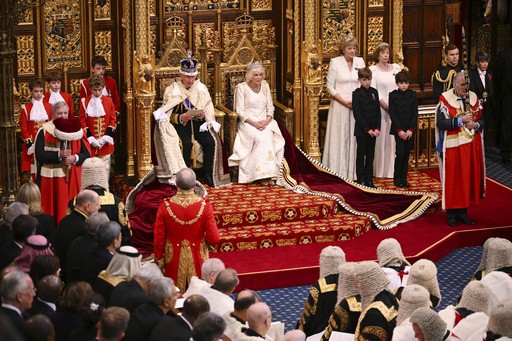The Labour Party triumphed in Britain’s general election, ushering a new party into power after 14 years. Following a meticulously planned ceremony, Labour leader Keir Starmer was formally asked by King Charles III to establish a new government, officially becoming the prime minister.
The event highlights the ongoing influence of royal authority in the UK, even as actual political power rests with elected members of Parliament. These ceremonial rituals have deep historical roots, echoing a time when kings held supreme power and handpicked their chief minister, now known as the prime minister.
Despite the monarch’s symbolic role, the prime minister must still be offered the position by the king, underscoring the intertwined relationship between the monarchy and parliamentary democracy. The transition of power is swift but solemn, marked by traditions like the “Kissing of Hands” ceremony at Buckingham Palace.
The swift change in leadership was evident as outgoing Prime Minister Rishi Sunak resigned and vacated the official residence before Starmer assumed office. A sense of continuity and stability is embodied in the monarchy, with the king overseeing the transfer of power ceremonially, even as various political factions contend.
Moving forward, the king will continue to hold regular private meetings with the prime minister to discuss governmental affairs. The monarch’s role remains impartial, but he retains the right to provide advice and warnings when necessary. The monarchy’s presence in significant national events, like the state opening of Parliament, reflects its enduring significance in modern Britain.
In a realm grappling with societal divides and political discord, these rituals serve as a reminder of the monarchy’s role as a symbol of unity and tradition. Despite the ever-changing landscape of British politics, the monarchy continues as a steady force, outlasting the tenure of prime ministers who come and go.
This website uses cookies so that we can provide you with the best user experience possible. Cookie information is stored in your browser and performs functions such as recognising you when you return to our website and helping our team to understand which sections of the website you find most interesting and useful.
